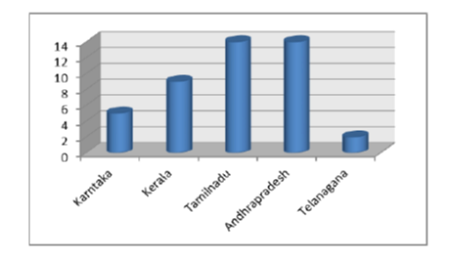
Geo-Eye
Department of Geography & GIS

Department of Geography & GIS

Geo-Eye
Year: 2019, Volume: 8, Issue: 2, Pages: 17-26
Original Article
R Sowmya1, H Nagaraj2
1UGC Senior Research Fellow, DOS in Geography, University of Mysore, Manasagangotri, Mysuru, Karnataka, India
2Professor, DOS in Geography, University of Mysore, Manasagangotri, Mysuru, 570006, Karnataka, India
Received Date:11 April 2019, Accepted Date:22 November 2019
Disaster management is a systematic response to a disaster. The main approach of the management is assessing disaster risk and taking preventive measures has also become a part of disaster management. In present day’s disaster management has been an important to frequent natural disaster ranging from earthquake, floods, droughts and other disaster management worth wile to be considered. The major types of disaster such as geological, water and climate, biological, nuclear, and industrial disasters etc… The role of government plays an important role in disaster management. Recently India has experienced large number of natural disasters. In recent years natural disaster are also occurs in some southern part of India such as Andhra Pradesh, Telanagana, Karnataka, Tamil Nadu and Kerala. Natural disaster causes the most damage and consequently the socio-economic conditions of the regions and thus most affected areas will become the most vulnerable regions. It is the responsibility of their governments to maintain all cause nouns and to provide social and economic security to such disaster affected areas. Thus the role of the central Government, the state government and local governance plays a very important role in disaster management and risk reduction planning. Government should have proper plan and financial support for most vulnerable regions. Otherwise those affected areas from natural disasters will be facing many problems and it is difficult to planning and manages the vulnerable situations.
Keywords: Disaster management; vulnerable; risk reduction; planning
© 2019 Sowmya & Nagaraj. This is an open-access article distributed under the terms of the Creative Commons Attribution License, which permits unrestricted use, distribution, and reproduction in any medium, provided the original author and source are credited.
Published By Bangalore University, Bengaluru, Karnataka
Subscribe now for latest articles and news.